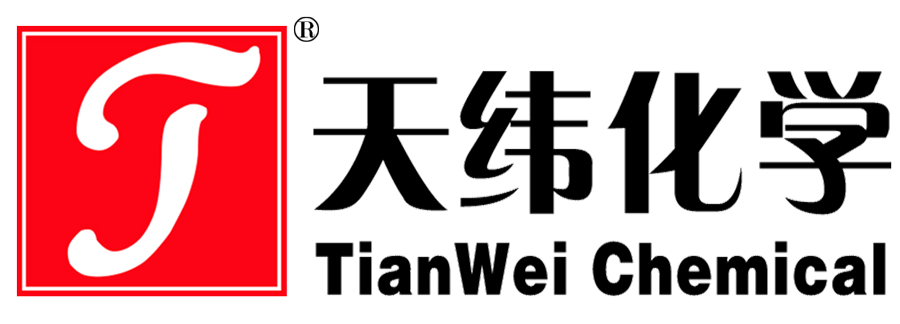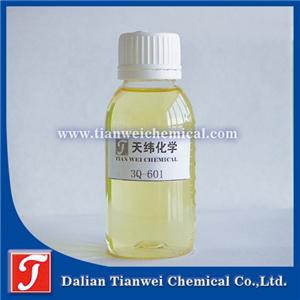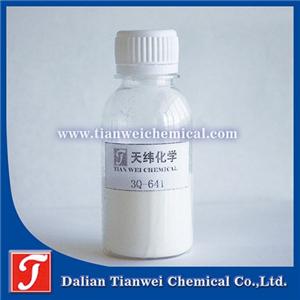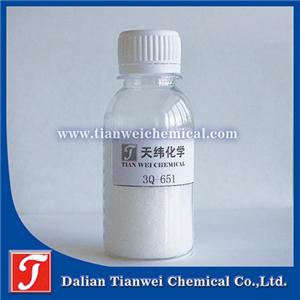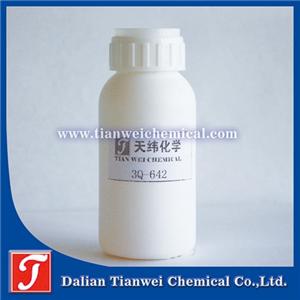PMMA bathroom products with added antibacterial agents have an antibacterial rate of 99.9%
I. Types and Characteristics of Antibacterial Agents
Nano-silver-loaded antibacterial agent
Antibacterial mechanism: Through the biochemical reaction between silver ions and proteases within bacterial cells, the cell structure is disrupted. Meanwhile, silver ions can be released and continue to kill bacteria.
Application advantages: Strong antibacterial effect and good persistence, suitable for scenarios with high hygiene requirements such as medical care and food contact. For instance, when nano-silver-loaded antibacterial agents (1% content) are added to room-temperature curing PMMA, the antibacterial rate can reach 99.26%.
Precautions: The release of silver ions should be controlled to avoid excessive use which may cause discoloration of the material or potential effects on the human body.
Zirconium phosphate silver-loaded antibacterial agent
Antibacterial mechanism: Using zirconium phosphate as the carrier, silver ions are slowly released, combined with photocatalysis to generate ROS (reactive oxygen species), achieving long-lasting antibacterial effects.
Application advantages: Good heat resistance (temperature resistance >800℃), high chemical stability, suitable for high-temperature casting processes, and applicable to products such as transparent acrylic sheets and medical equipment shells that require long-term antibacterial properties and have high appearance requirements.
Organic antibacterial agent
Antibacterial mechanism: It achieves sterilization by destroying the cell membrane of bacteria or interfering with metabolic processes.
Application advantages: Friendly to processing, low cost, suitable for acrylic sheets with high transparency requirements.
Note: It has poor heat resistance and its stability needs to be protected by masterbatch technology or surface coating
Ii. Antibacterial Agent Addition Process
Masterbatch technology
Principle: The antibacterial agent is prefabricated into a high-concentration masterbatch and then mixed with PMMA resin for casting to ensure uniform dispersion.
Advantages: It solves problems such as uneven dispersion and discoloration caused by the direct addition of antibacterial agents, and improves processing efficiency.
Surface coating technology
Principle: Apply an antibacterial coating to the cast acrylic sheet to form a protective layer.
Advantages: Suitable for products with high transparency requirements, such as medical equipment shells and high-end bathroom accessories.
Blending casting process
Key parameters
Temperature control: Ensure the stability of the antibacterial agent at the casting temperature (typically 180-230℃) and avoid high-temperature decomposition.
Uniformity of mixing: Through equipment such as twin-screw extruders, ensure that the antibacterial agent is thoroughly mixed with PMMA.
Test standard: In accordance with standards such as GB/T 31402-2015, verify the inhibition rate against common pathogenic bacteria (such as Escherichia coli, Staphylococcus aureus).
Iii. Antibacterial Properties and Safety
Antibacterial performance
Broad-spectrum property: High-quality antibacterial agents can inhibit over 600 types of microorganisms, including Gram-negative bacteria, Gram-positive bacteria, fungi and viruses.
Durability: Non-soluble antibacterial additives (such as silver zirconium phosphate) adsorb bacteria through coulombic force, have excellent wash resistance, and can last for more than 5 years.
Efficiency comparison: The minimum bactericidal concentration (MBC) of the nano-silver-loaded antibacterial agent against Candida albicans is 40 mg/ml, while that of the four-needle zinc oxide antibacterial agent is 25 mg/ml. The latter has a higher efficiency.
Safety
Biological toxicity: Through cytotoxicity tests (such as L929 cell survival rate >90%) and skin irritation tests (negative), it is ensured to be non-toxic and non-irritating.
Certification standards: Compliant with the US FDA food contact substance certification and the EU REACH regulation, suitable for bathroom, medical and other scenarios.
Environmental impact: The release of silver ions should be controlled within a safe range (such as < 0.1mg /L) to avoid affecting the aquatic ecosystem.
Iv. Application Scenarios and Advantages
Application of Bathroom products
Washbasin/bathtub: After adding antibacterial agents, it can inhibit the growth of mold and bacteria and solve the problem of cleaning dead corners in crevices.
Shower room/partition: Transparent acrylic sheet is added with zirconium phosphate silver-loaded antibacterial agent, maintaining high light transmittance (light transmittance >90%) while achieving long-lasting antibacterial effect.
Accessories (faucet/handle) : Made with antibacterial agents, it can withstand temperatures above 800℃ and is suitable for high-temperature and high-humidity environments.
Competitive advantage
Function upgrade: Traditional PMMA bathroom products are prone to bacterial growth. After adding antibacterial agents, the added value of the products can be increased, meeting the demands of the high-end market.
Cost optimization: Masterbatch technology reduces the dosage of antibacterial agents (for example, from 5% to 1%), with costs increasing by only 5% to 10%, but the selling price can rise by 20% to 30%.
Brand differentiation: By obtaining certifications such as FDA and REACH, we aim to build a "safe bathroom" brand image and enhance market competitiveness.
